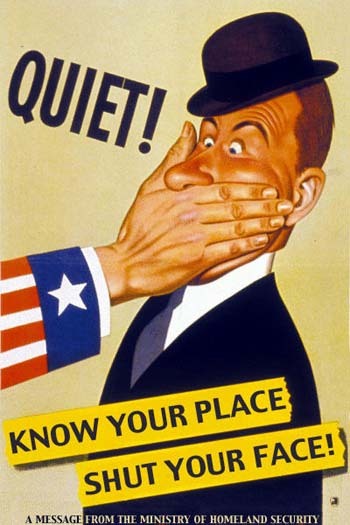Persuasive literature and media have been used since the inception of written language. However, it wasn’t until 1622 A.D. that it was finally given a name: propaganda.
It was in this year that Pope Gregory XV created the “Congregatio de Propaganda Fide,”or “The Sacred Congregation for Propagating the Faith.” It is unsurprising that the term “propaganda” is now used as the common name for persuasive messages and media, since the goal of a propaganda campaign is to propagate an idea to the masses.
It is also unsurprising that such material did not receive a formal name until after the advent of the printing press, which allowed persuasive material to circulate through a greater area and reach a much larger audience.
Propaganda has historically been used in times of war to rally support for the home nation and to inspire feelings of hatred among it’s citizens for the enemy forces. The use of propaganda became particularly intense during World War I and II. A collection of British wartime propaganda can be seen here.
To help clarify the blurry line between material considered to be propaganda and material that is considered advertising, Edward Filene established the Institute for Propaganda Analysis in 1936. The goal of the IPA was to increase American citizens’ awareness of propaganda and commonly used techniques.
The seven methods established by the IPA include bandwagon, card-stacking, glittering generalities, name-calling, plain folks, testimonial, and transfer. All of these have become the standard identifiers of propaganda and are all based in the appeal to the pathos, or emotions, of the target audience.

Quiet! Know your place - shut your face!

Leave a response